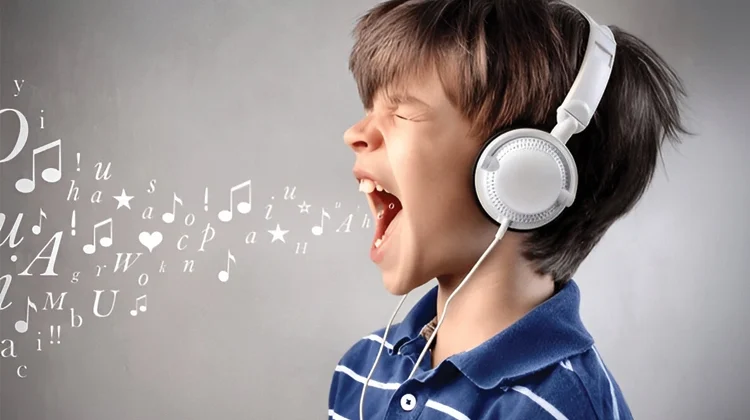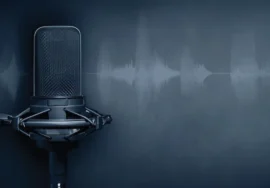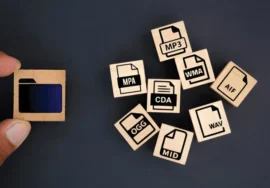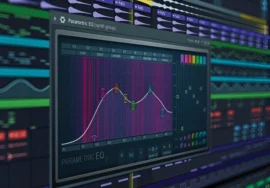
Understanding the Building Blocks of Music
Music, a universal language, is composed of various elements, each contributing to its overall harmony and melody. At the core of this language are musical notes, symbols, and the alphabet, which form the foundation for creating and interpreting compositions. In this comprehensive guide, we will delve into the intricacies of these fundamental elements, providing a clear and concise understanding for both beginners and seasoned musicians.
Musical Notes: Establishing Melody
Musical notes are individual sounds that combine to form melodies. Each note is a specific pitch or frequency, determined by its position on the staff. There are seven basic notes in Western music: A, B, C, D, E, F, and G. These notes are arranged in a repeating pattern known as the chromatic scale, which includes all 12 half-steps within an octave.
Types of Musical Notes
- Whole notes: The longest duration of a note, representing a full measure of time.
- Half notes: Half the duration of a whole note.
- Quarter notes: A quarter of the duration of a whole note.
- Eighth note: An eighth of the duration of a whole note.
- Sixteenth note: A sixteenth of the duration of a whole note.
- Thirty-second notes: A thirty-second of the duration of a whole note.
- Sixty-fourth notes: sixty-fourth of the duration of a whole note.
Note: Duration and Time Signatures
The duration of a note is determined by its shape and the time signature of the piece. The time signature shows the number of beats per measure and the note that receives one beat. For example, a 4/4 time signature means there are four beats per measure, and a quarter note receives one beat.
Musical Symbols: The Language of Music
Musical symbols are the visual representations of various musical elements. They give essential information about pitch, rhythm, tempo, dynamics, and more. The common musical symbols include:
- Staff: The five horizontal lines on which notes are written.
- Clef: A symbol placed at the beginning staff to show the range of pitches. The most common clefs are the treble clef and the bass clef.
- Note heads: The filled-in circles or ovals that represent the pitch of a note.
- Stems: The lines attached to note heads that show the note of direction.
- Flags: Small curved lines attached to the stems of eighth notes, sixteenth notes, and smaller durations.
- Beams: Groups of two or more flags connected by a curved line.
- Dots: Small dots placed after a note head to increase its duration by half.
- Rests: Symbols representing periods of silence.
The Musical Alphabet
While the musical alphabet comprises only seven letters (A, B, C, D, E, F, and G), we must understand the scales, intervals, and chord progressions. The alphabet repeats in a cyclical pattern, with each octave representing a higher or lower range of pitches.
Scales and Intervals
- Major scale: A scale with seven notes, where the fifth note is a perfect fifth above the tonic (the first note).
- Minor scale: A scale with seven notes, where the third note is a minor third below the tonic.
- Chromatic scale: A scale that includes all 12 half-steps within an octave.
- Intervals: The distance between two notes. Intervals can be major, minor, perfect, augmented, or diminished.
Chords and Chord Progressions
- Chords: Groups of three or more notes played simultaneously.
- Chord progressions: Sequences of chords that create a harmonic framework for a piece of music.
Key Signatures
- Key signatures: A set of shapes or flats placed at the beginning of a staff to indicate the key of the piece.
- Major keys: Key signatures with sharps or flats in ascending order.
- Minor keys: Key signatures with flats or sharps in descending order.
Time Signatures
- Simple time signatures: Time signatures with a single beat per measure.
- Compound time signatures: Time signatures with a multiple of three beats per measure.
Dynamics
- Dynamics: The loudness or softness of a sound.
- Dynamic markings: Symbols used to indicate changes in volume, such as piano (soft), forte (loud), crescendo (gradually getting louder), and decrescendo (gradually getting softer).
Tempo
- Tempo: The speed of a piece of music.
- Tempo markings: Italian terms used to indicate the tempo, such as adagio (slow), andante (at a walking pace), allegro (fast), and presto (very fast).
Articulation
- Articulation: How a note is played or sung.
- Articulation markings: Symbols used to indicate how a note should be played, such as staccato (short and detached) and legato (smooth and connected).
Ornamentation
- Ornamentation: Additional notes or embellishments added to a melody.
- Ornamentation markings: Symbols used to indicate ornaments, such as trills, mordens, and appoggiaturas.
The Staff: The Foundation of Music Notation
The staff is a system of five horizontal lines used to represent the pitch of musical notes. Each line and space corresponds to a specific pitch, and the position of a note on the staff determines its frequency. The treble clef and the bass clef are the two most common clefs used in Western music.
Note Placement on the Staff
- Treble clef: Primarily used for higher-pitched instruments and voices. The “F” note is located on the second line from the bottom.
- Bass clef: Primarily used for lower-pitched instruments and voices. The “F” note is located on the third line from the bottom.
Ledger Lines and Note Extensions
- Ledger lines: Additional lines added above or below the staff to represent pitches outside the standard range.
- Note extensions: Small lines that extend from the note head to indicate a pitch beyond the staff.
Time Signatures and Meters
- Time signatures: Indicate the number of beats per measure and the type of note that receives one beat.
- Simple meter: A meter with a single beat per measure.
- Compound meter: A meter with a multiple of three beats per measure.
- Duple meter: A meter with two beats per measure.
- Triple meter: A meter with three beats per measure.
- Quadruple meter: A meter with four beats per measure.
Key Signatures and Tonality
- Key signatures: A set of shapes or flats placed at the beginning of a staff to indicate the key of the piece.
- Major keys: Key signatures with sharps or flats in ascending order.
- Minor keys: Key signatures with flats or sharps in descending order.
- Tonality: The overall tonal center of a piece of music.
Rhythm and Duration
- Rhythm: The pattern of durations in music.
- Duration: The length of a note or rest.
- Note values: The relative durations of notes.
- Dotted notes: Notes with a dot after them, increasing their duration by half.
- Ties: Curved lines connecting two notes of the same pitch, extending their duration.
- Syncopation: A rhythmic device where accents are placed on unexpected beats.
Dynamics and Expression
- Dynamics: The loudness or softness of a sound.
- Dynamic markings: Symbols used to indicate changes in volume, such as piano (soft), forte (loud), crescendo (gradually getting louder), and decrescendo (gradually getting softer).
- Articulation: How a note is played or sung.
- Articulation markings: Symbols used to indicate how a note should be played, such as staccato (short and detached) and legato (smooth and connected).
- Expression: The emotional interpretation of a piece of music.
- Expressive markings: Symbols used to indicate how a piece should be done, such as rubato (slight flexibility in tempo) and con more (with love).
Ornamentation and Embellishment
- Ornamentation: Additional notes or embellishments added to a melody.
- Ornamentation markings: Symbols used to indicate ornaments, such as trills, mordants, and appoggiaturas.
Music Theory and Composition
- Music theory: The study of the principles and practices of music.
- Composition: The creation of original music.
- Scales: Sequences of notes arranged in a specific order.
- Intervals: The distance between two notes.
- Chords: Groups of three or more notes played simultaneously.
- Chord progressions: Sequences of chords that create a harmonic framework for a piece of music.
- Form: The structure or organization of a piece of music.
- Harmonic analysis: The study of the harmonic structure of a piece of music.
Conclusion
Musical notation is a complex system of symbols that allows us to communicate musical ideas precisely. By understanding the fundamentals of musical notation, you can learn to read, write, and perform music with greater confidence and skill. Whether you are a beginner or an experienced musician, a solid foundation in music notation is essential for your musical journey.





